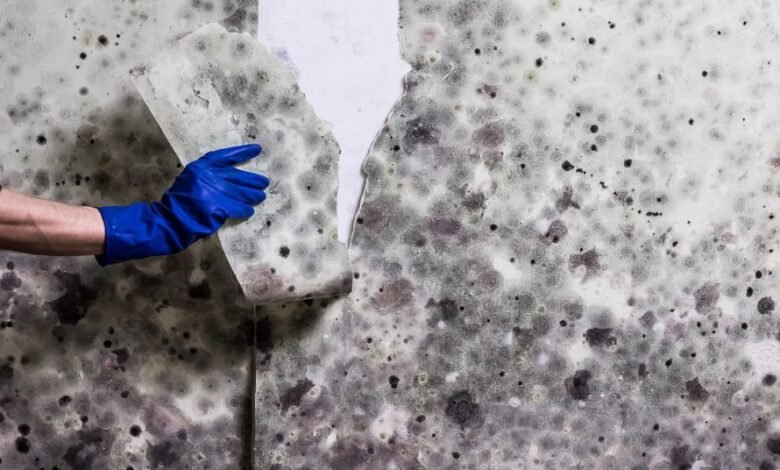How to Get Rid of Mould on Walls: A Comprehensive Guide

Mould on walls is not just an unsightly blemish that detracts from the aesthetic appeal of your home; it is also a potential health hazard that can cause respiratory issues, allergies, and other health problems. Therefore, understanding how to effectively tackle this issue is crucial for maintaining a healthy living environment. This comprehensive guide will delve into the causes of mould growth, preventive measures, and step-by-step instructions on how to eradicate it from your walls.
Understanding Mould and Its Causes
Mould is a type of fungus that thrives in moist environments. It reproduces through tiny pores that travel through the air and can easily settle on surfaces, especially those that offer the right conditions of moisture, warmth, and organic material for nourishment. Walls become a prime target due to various factors such as humidity, condensation, water leaks, or inadequate ventilation. Identifying the root cause of mould is the first step towards effectively addressing the problem.
Preventative Measures to Keep Mould at Bay
Prevention is always better than cure. To prevent mould growth, it’s essential to control indoor humidity levels, ensure proper ventilation, and immediately address any water leaks or dampness. Use dehumidifiers in high-humidity areas, and ensure that bathrooms and kitchens are well-ventilated to expel moist air. Regularly inspect your home for any signs of water damage or leaks, and repair them promptly to prevent moisture accumulation.
Step-by-Step Guide to Removing Mould from Walls
Safety First
Before attempting to remove mould, ensure you’re equipped with the necessary safety gear, including gloves, goggles, and a mask, to protect yourself from mould spores and cleaning agents.
Initial Cleaning
Begin by gently cleaning the mouldy area with a damp cloth to remove surface mould. Avoid using a brush at this stage as it can release more spores into the air.
Choosing the Right Cleaning Solution
There are several effective solutions for killing mould, including:
- White Vinegar: An all-natural, non-toxic option that kills most mould species. Apply undiluted vinegar to the affected area, let it sit for an hour, and then wipe clean.
- Bleach: A stronger option for more stubborn mould. Dilute bleach in water (one part bleach to three parts water), apply to the mould, and leave it for at least 10 minutes before scrubbing and rinsing.
- Specialized Mould Removal Products: These are available in stores but ensure they are safe for the surface you’re treating and follow the manufacturer’s instructions.
Application and Scrubbing
Apply your chosen cleaning solution using a spray bottle or a cloth, ensuring the mouldy area is thoroughly saturated. Allow the solution to sit for the time recommended by the product instructions or, for natural solutions, at least an hour. Then, gently scrub the area with a soft-bristled brush or sponge, being careful not to damage the wall surface.
Rinsing and Drying
After scrubbing, rinse the area with clean water to remove any residue of the cleaning solution. It is crucial to dry the area thoroughly to prevent the mould from returning. A dehumidifier or fan can help speed up the drying process.
Aftercare and Mould Prevention
Once the mould has been removed, it’s important to address any underlying issues that contributed to its growth, such as improving ventilation, fixing leaks, or using a dehumidifier to maintain lower humidity levels. Regularly inspecting and cleaning your walls can also prevent mould from taking hold again.
When to Seek Professional Help
If the mould problem is extensive, covers a large area, or if you suspect the presence of toxic black mould, it’s advisable to seek professional assistance. Professionals have the expertise and equipment to safely and effectively remove mould, especially in cases where it poses a significant health risk or structural damage to your property.
Conclusion
Mould on walls is a common issue that many homeowners face, but with the right knowledge and tools, it can be effectively managed and prevented. By understanding the causes of mould growth, taking preventative measures, and following a thorough cleaning process, you can keep your home safe and mould-free. Remember, in cases of severe mould infestation or if you’re unsure about handling it yourself, don’t hesitate to call in the experts. Your health and the integrity of your home are worth the investment.




